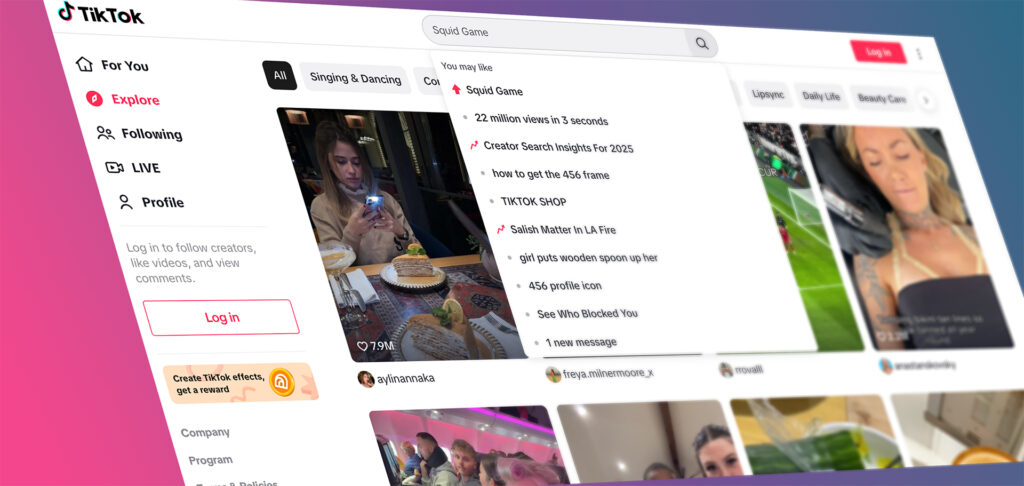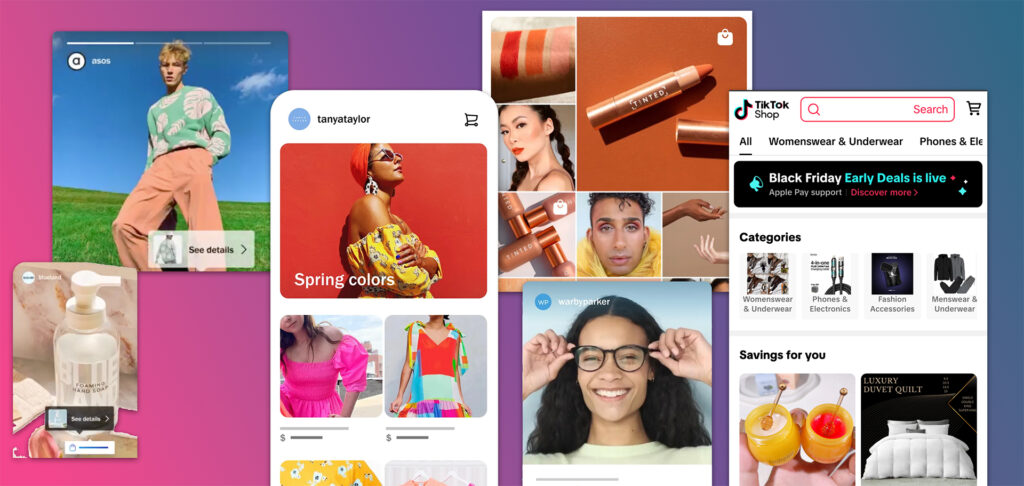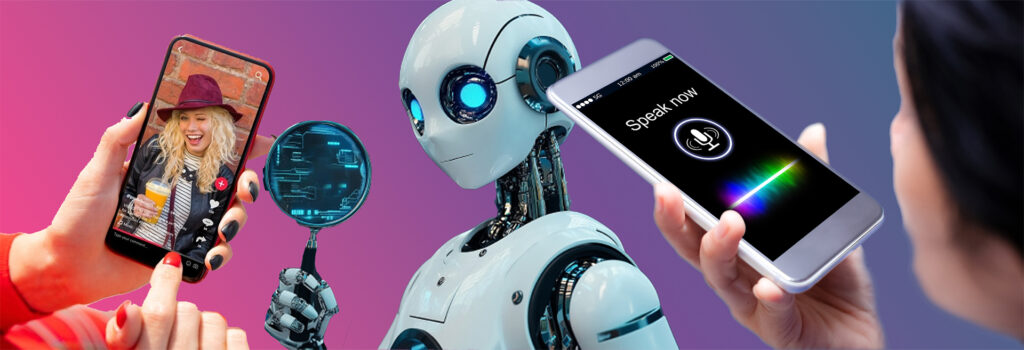As an agency firmly integrated into the digital marketing world for a couple of decades now, it’s important we share insights around changes that could impact our clients’ results. 2025 is set to be yet another year witnessing pretty unprecedented transformation – particularly when we talk about ‘Search’. Once dominated by Google and other manual search engines, Search is now a multifaceted ecosystem where SEO, social media, and paid advertising converge more than ever before. The days of isolated digital marketing strategies are over. Brands that thrive will be those adopting what we call a Connected Discoverability Strategy, ensuring their presence is readily available wherever their audience is looking – be it on TikTok, Instagram, LinkedIn, or Google.
This interconnected approach is reshaping how businesses think about Search and Discoverability, making 2025 a pivotal year for digital marketers to adapt or risk falling behind. In this article, we’ll explore what this new era of search means and how brands can seize the opportunities it offers.
Search is no longer only synonymous with Google. Whilst traditional manual search engines remain a significant tool, their once unchallenged dominance is now under pressure from alternative discovery methods. According to a report from GWI, while 64% of internet users still use manual search engines, 42% turn to social media platforms, highlighting a growing shift in consumer behaviour.
Platforms like TikTok, Instagram, and YouTube are becoming go-to discovery tools, particularly for younger generations:
Younger audiences, particularly Gen Z, are 36% more likely to use the internet for inspiration rather than research, in contrast to older generations who prefer information-focused searches. From great restaurants to visit to new gymwear fashion trends, this shift underscores the need for brands to pivot their strategies towards inspiration-led content and visual storytelling, particularly on platforms with integrated shopping features like TikTok Shop and Instagram.

Social media has transitioned from a secondary discovery tool to a primary search method for many users. TikTok, increasingly referred to as the “Google of Gen Z,” exemplifies this shift. Its algorithm-driven Discover page, combined with short-form video content, offers an immediate, engaging way to find everything from recipes to travel recommendations. Easier to find, in-moment discoverability, more immersive and engaging results.
Key Considerations for Brands:
Social platforms also allow brands to turn discovery into action. TikTok Shop and Instagram’s shopping features enable users to transition from search to purchase seamlessly, reflecting the rise of “shoppertainment” – a trend where engaging content directly fuels sales.

While the rise of social and visual search, alongside AI advancements, might seem like the death knell for traditional SEO, its role is evolving rather than diminishing. Google’s increasing focus on visual and interactive search tools demonstrates its efforts to remain competitive. Features like Google Lens and visual shopping enhancements are designed to cater to inspiration-led discovery, mirroring the success of platforms like Pinterest.
Furthermore, Google’s integration of AI-powered tools such as the Search Generative Experience (SGE) signals a move towards more conversational and intent-driven searches, blurring the lines between traditional search and AI interactions.
For brands, this means optimising not just for search engines but for user intent across devices:
Artificial intelligence is the secret ingredient reshaping how consumers search in 2025. Platforms like ChatGPT are redefining personalisation, offering tailored responses that feel like one-on-one consultations. While voice search has seen declining use, AI-enhanced voice assistants may rekindle interest by improving usability and relevance.
Actionable Insights for Brands:

The most successful brands in 2025 will abandon siloed digital strategies in favour of integrated approaches that view SEO, social media, and paid search as complementary elements of a unified discoverability plan. A connected strategy not only ensures visibility across all platforms but also maximises ROI by aligning efforts.
For instance:
As we move further into 2025 (where has January gone already?), it’s clear that being discoverable isn’t just about appearing in Google’s SERPs anymore. It’s about meeting your audience wherever they are, whether they’re scrolling TikTok, searching LinkedIn, or exploring product reviews on YouTube.
The future of digital marketing lies in Connected Discoverability.
We’re helping brands to audit their current strategies, identify gaps, and create cohesive plans that integrate SEO, social media, and paid efforts into one united & seamless ecosystem. As algorithms become smarter and user behaviours continue to evolve, those who adapt will thrive – and we’re looking forwards to helping you on that journey!
So, what’s your discoverability strategy for 2025? Get in touch today to discuss.